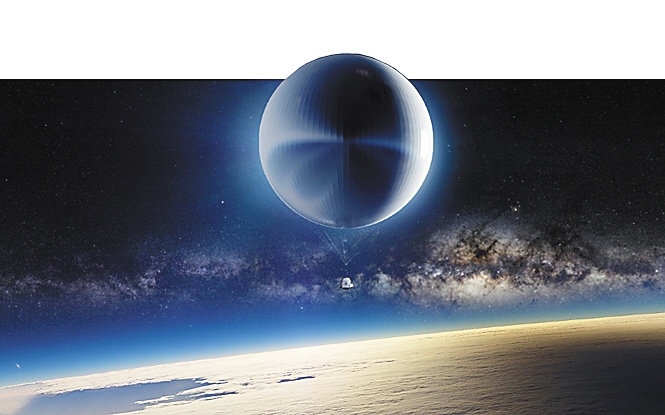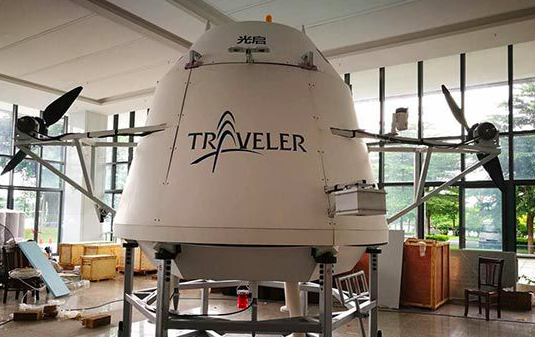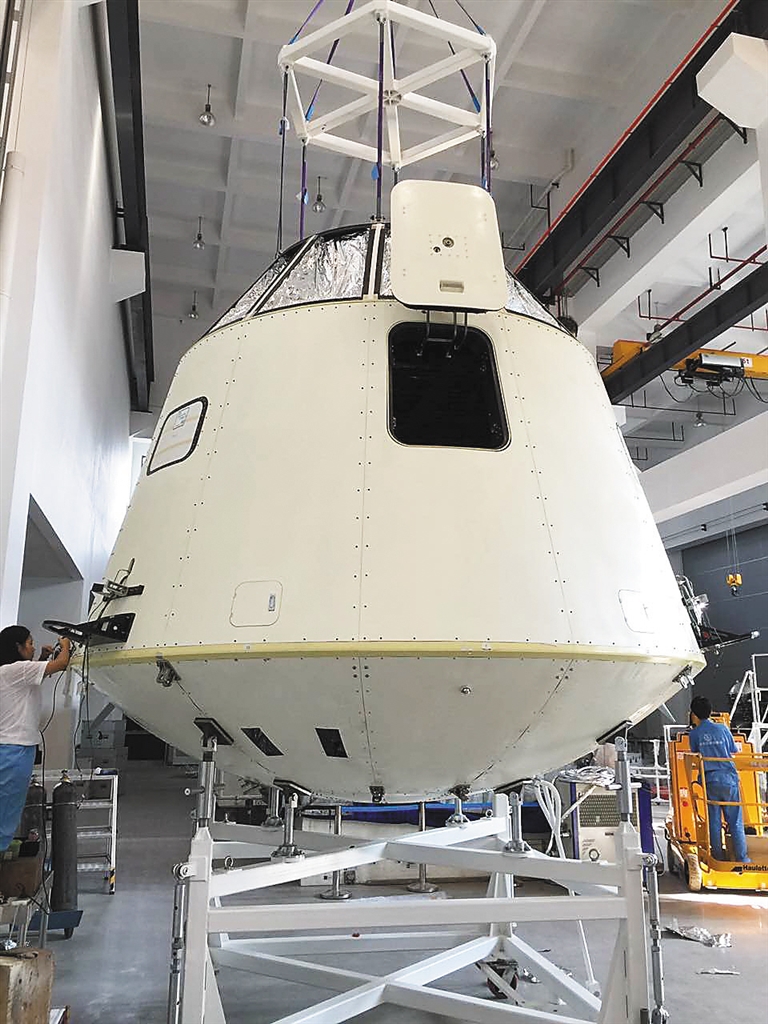
I still remember the Guangqi Martin air backpack that swept the circle of friends some time ago. As the world's first commercial personal vertical aircraft, it was named one of the 50 best inventions of 2010 by Time Magazine. Emergency rescue, security monitoring and entertainment and leisure fields.
The invention of Martin Air Backpacks made Wan Huo’s dream of flying a dream become a reality at the end of the Ming and early Ming dynasties. However, the flight altitude of an air backpack is limited. If you want to see a space, you still need to fly to a higher place and take a ride. Advanced aircraft for space travel.
As early as 2001, American Dennis Tito took the Russian "Squadron" to the International Space Station and completed its space orbit travel plan, but the price of nearly 20 million US dollars is still out of reach for most people on earth.
As a result, some companies have begun to aim at high-altitude spaces that are relatively low. This area is also called near-space at an altitude of 20 to 100 kilometers (aircraft passenger planes usually fly at altitudes of 8 to 12 kilometers). The cruising altitude of general aircraft is lower than that of orbiting satellites and belongs to a blank area that humans have not yet developed.

The Guangqi “Voyager†number one with the flight backpacker is a vehicle that is positioned at this altitude. In June 2015, Guangqi successfully launched China’s first commercial platform “near travellers†in the near space, in New Zealand. It reached a design height of 21 kilometers and completed commercial load tests such as high-speed communications, marine surveillance, and optical monitoring in the adjacent space.
Light Kai "Traveller" released on the 1st
At the same time, Guang Qi also launched a manned project near the space: the “Traveller†manned version (Voyager 2). The aircraft includes a floating system, a sealed passenger cabin system, and an emergency rescue system. With safety and comfort, it can take 6 people and fly up to 20-24 kilometers.

The manned sealed pressure chamber has a height of 5 meters and a diameter of 4 meters. Passengers can move freely in the cabin. The cabin comes with a bathroom, and is equipped with a life support system, a thermal control system, and a power supply. It shares the monitoring and control communication function with the helium balloon system and can connect with the Internet to share the experience of space travel.
Compared to the orbital space travel, the “King Traveler†manned version of the “Kiyen†can be lifted up to the adjoining space smoothly like an elevator or a cable car, providing a sweeping view of the earth’s surface and returning to the ground smoothly, comfortably and conveniently. And the price is even more affordable than Virgin Galactic's Space One (Virgin Galactic is about $200,000/person).

In order to verify the reliability of the follow-up design of the “Voyager†and the controllability of recycling, Guangqi also developed a “traveler†manned version of the verification version, and plans to conduct flight tests in China before the end of 2016.

All devices and components of the verification version are professionally designed and specially processed for the ambient conditions of low temperature, low pressure, high ozone concentration, and high ultraviolet radiation intensity in the adjacent space, and have undergone long-term simulation environmental tests. When it is released, a small life support system will be carried in the cabin, which will carry animals into the adjacent space and return to the ground.

At present, the “Voyacher†manned version of the verification version has completed the development of major subsystems, entered the assembly testing stage, and plans to fly in the second half of 2016; the “Traveller†manned version has completed the overall program design, manned cabin In the final assembly stage, the manned module tests will be completed by the end of the year and the flight test will be conducted in 2017.
As space companies continue to develop space travel, more and more space technologies are becoming civilian and the cost will be reduced. At the Titanium Edge Summer Summit 2015 organized by the titanium media, Andrew Nielson, CEO of XCOR Aerospace, said that several hundred US$100,000 space travel tickets had been sold at the time. It is reported that the future price of the “Traveller†manned version will be Lower than this. (This article first titanium media, editor / Li Yupeng)